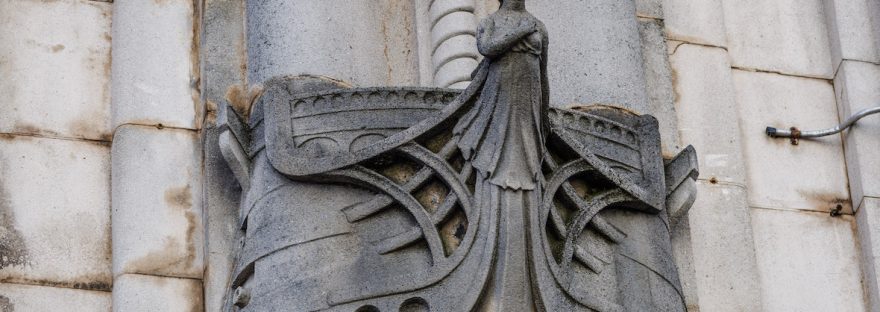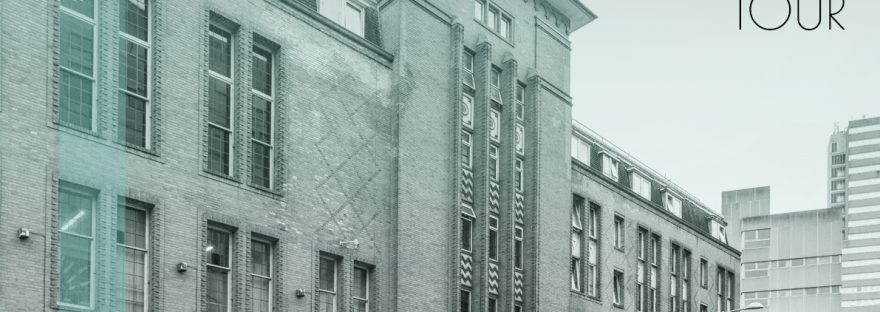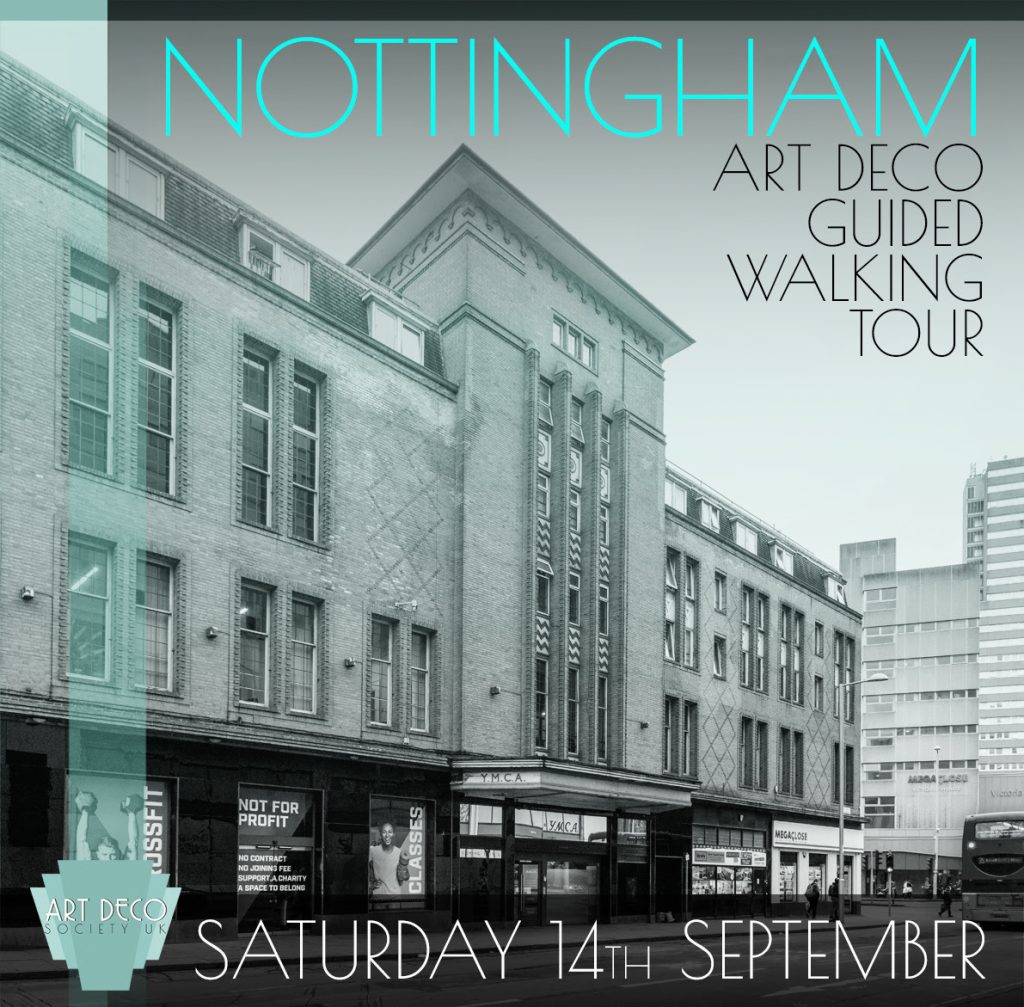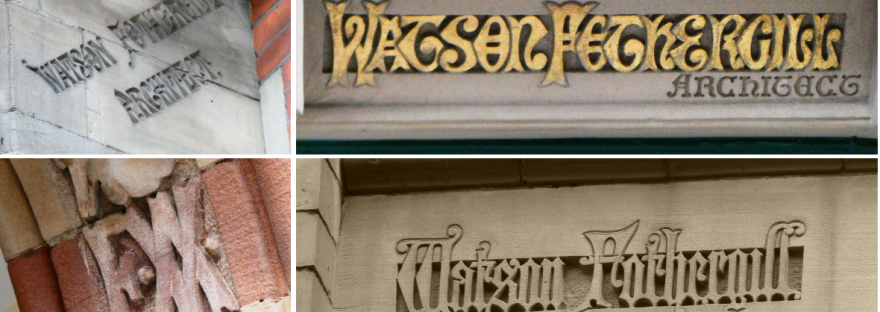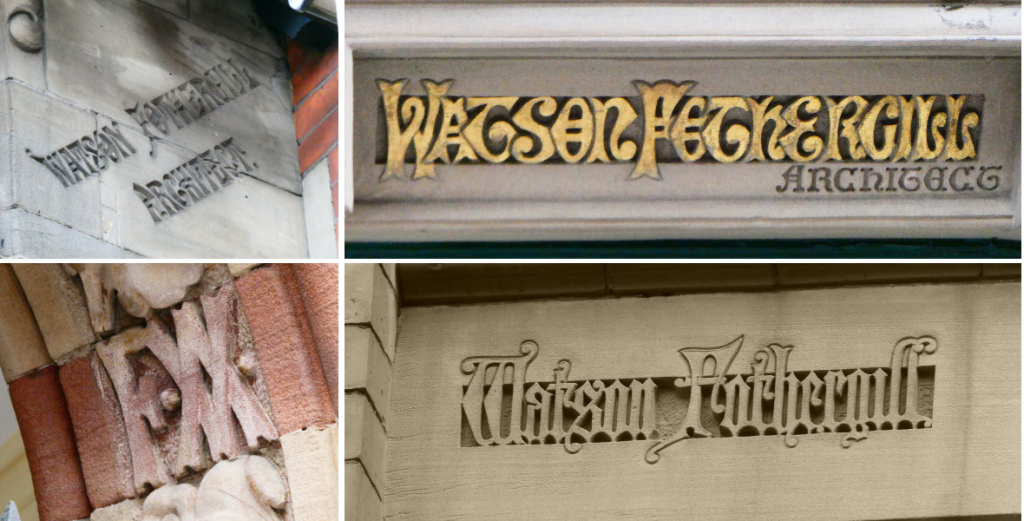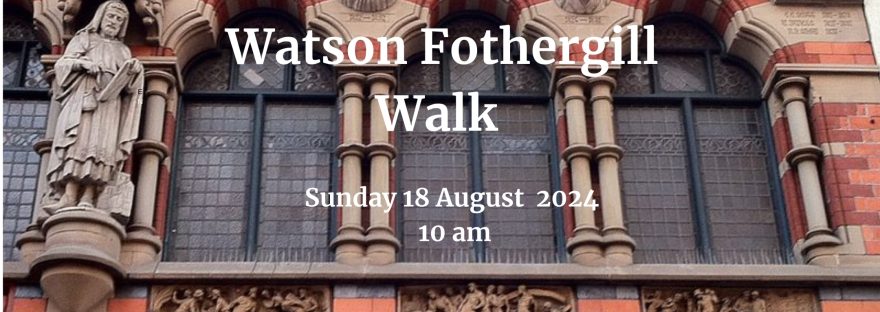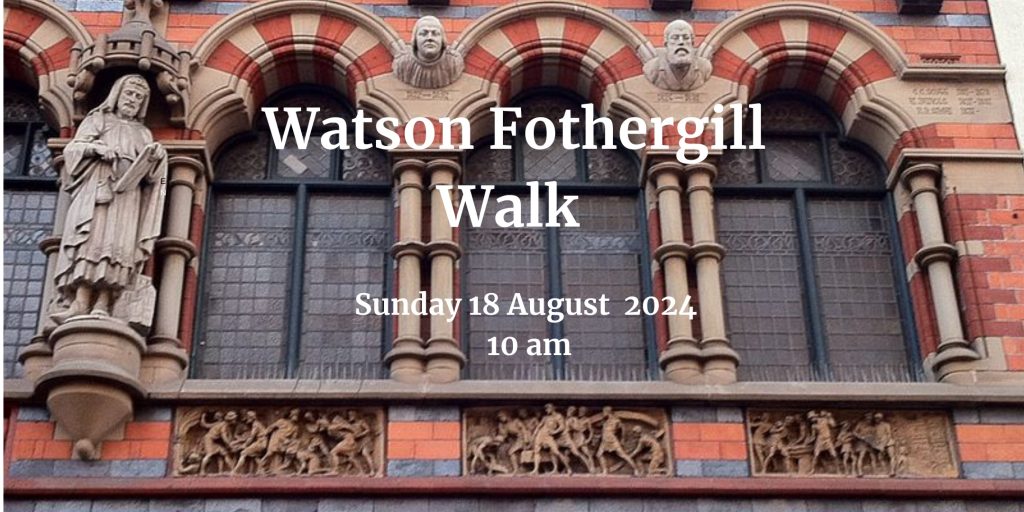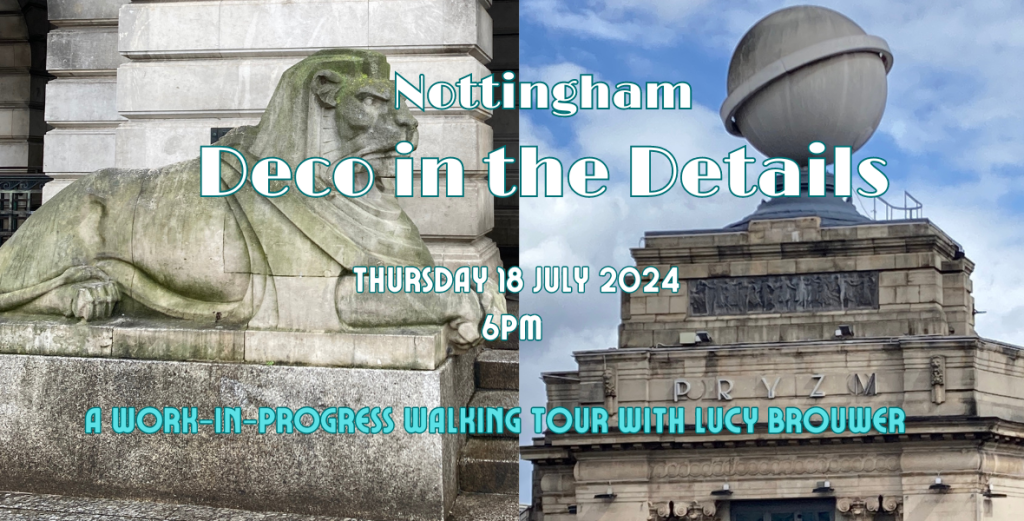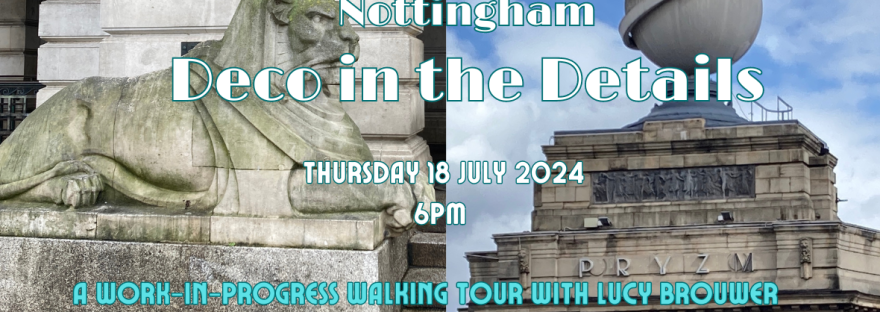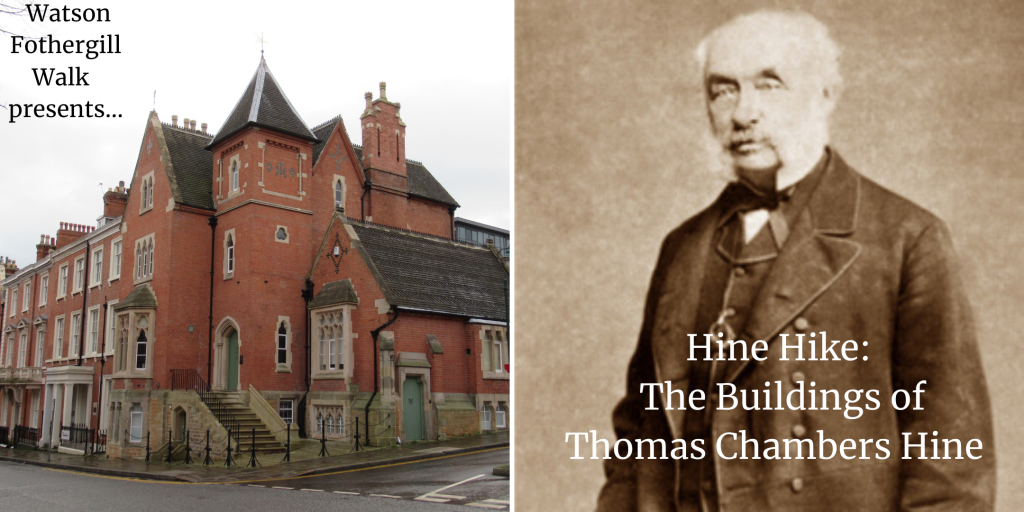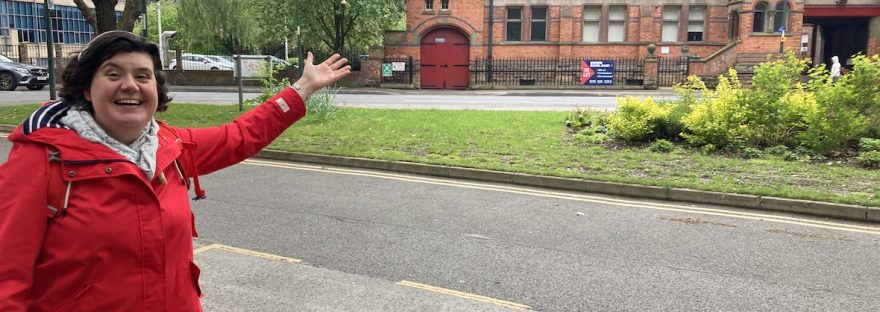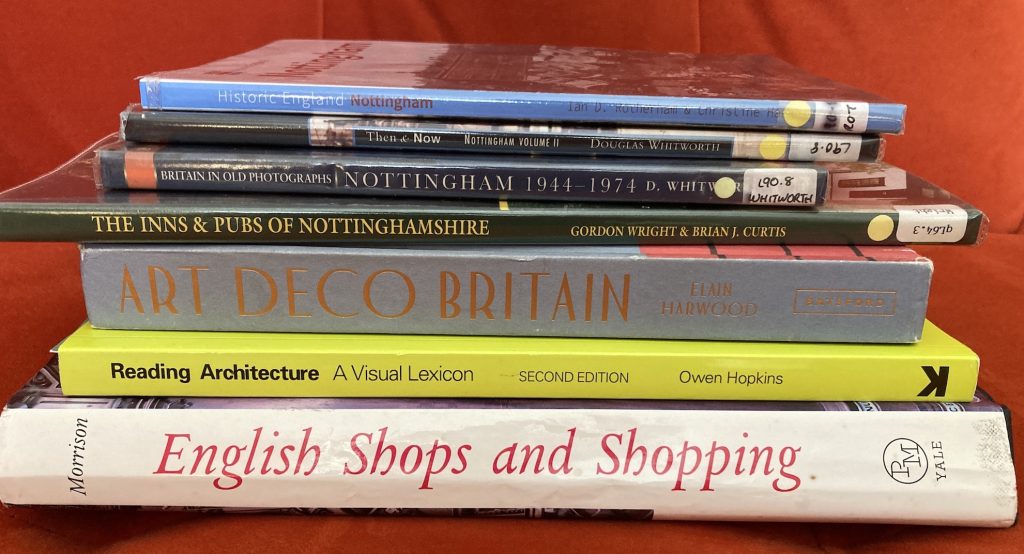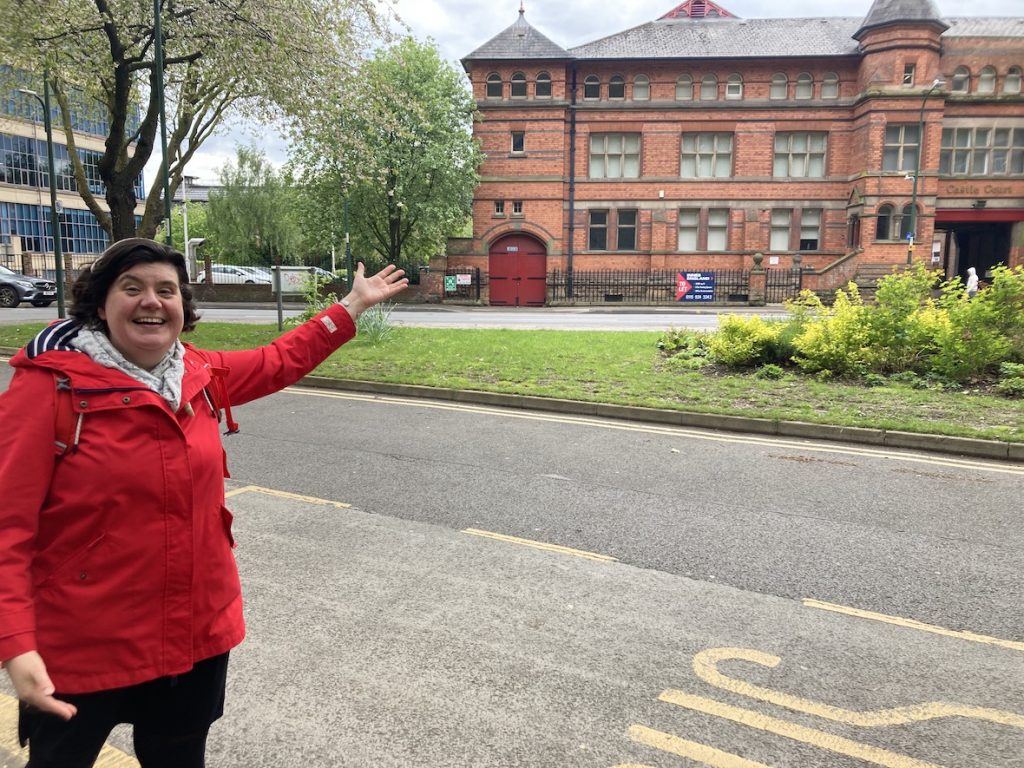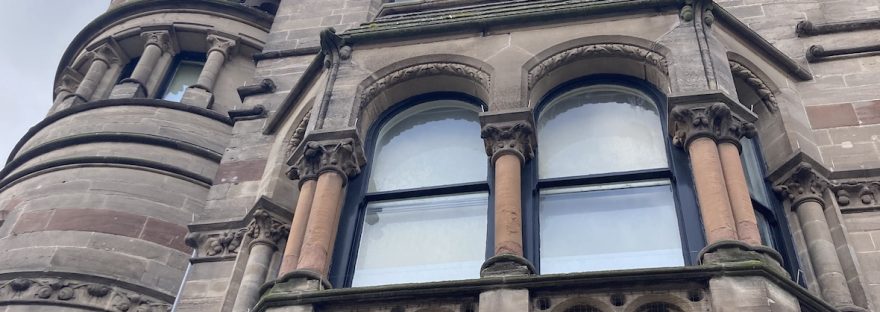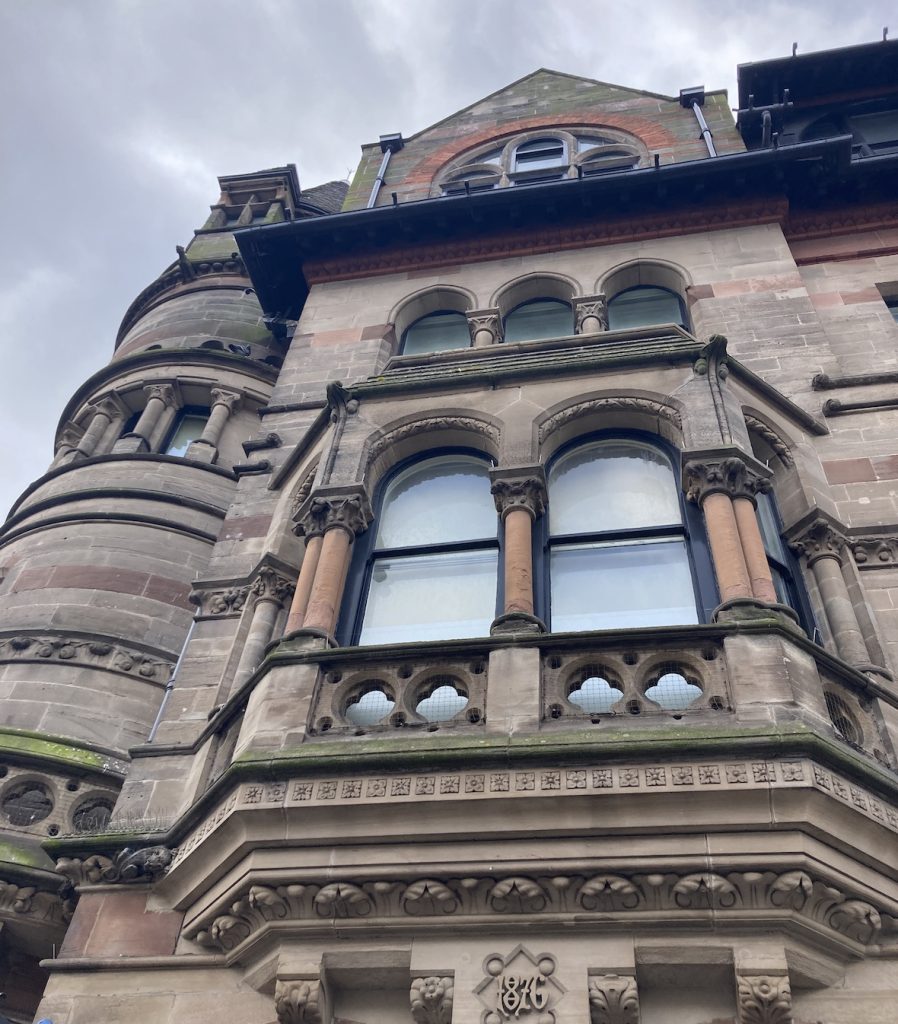It’s been great to try out these new tours – thanks to everyone who has joined me so far. The October date for Deco in the Details Part 1 is now full, but tickets are still available for Deco in the Details Part 2 on Sunday 27 October 10 am.
There will be more scheduled dates for these tours in November:
Deco in the Details Part 1 – Sunday 3 November, 10 am
Start and end at Nottingham’s Council House to look for traces of Art Deco in the architecture of the 1920s & 1930s. We’ll look at the rise of chain stores like Montague Burton, F.W. Woolworth, and Marks & Spencer, as well as the use of concrete in industrial buildings and the influence of car ownership on the city’s architecture in the 1930s.
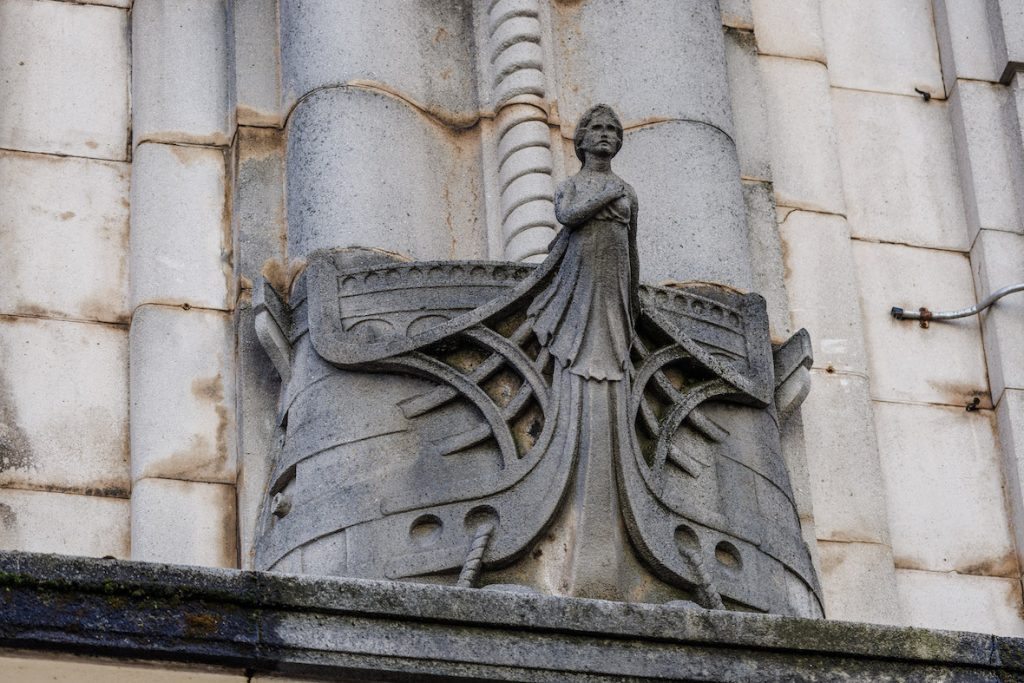
Deco in the Details Part 2 – Sunday 17 November, 10 am
Starting outside Victoria Centre Clock Tower, we will look for more buildings by T.C. Howitt, see how indestructible the bomb-proof Fire Station really is, and trace the influence of shopping and entertainment on Nottingham’s changing layout. Seek out the remnants of the Art Deco era including hints of streamline moderne and even some Egyptian hanging gardens.
All tickets £15 each plus booking fee. Full details and tickets on Eventbrite
There are just 3 tickets remaining for
Watson Fothergill Walk: Architecture of Victorian Nottingham on Sunday 20 October, 10 am
Due to the impending arrival of Winter Wonderland on Old Market Square –
Watson Fothergill Walk will return in 2025! – make sure you’re on the mailing list for updates.
In the meantime you can book walks for groups by emailing Lucy via this form
